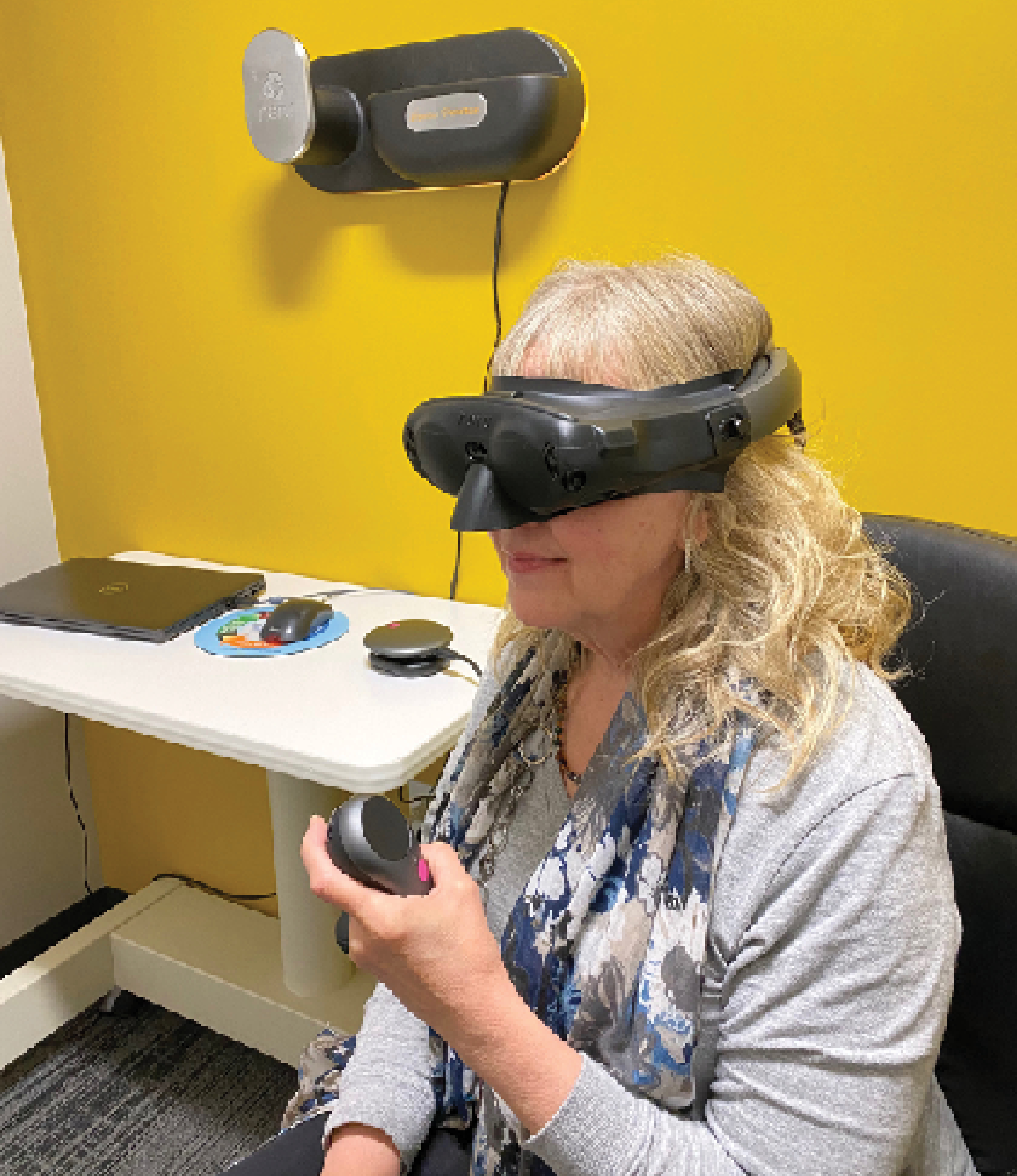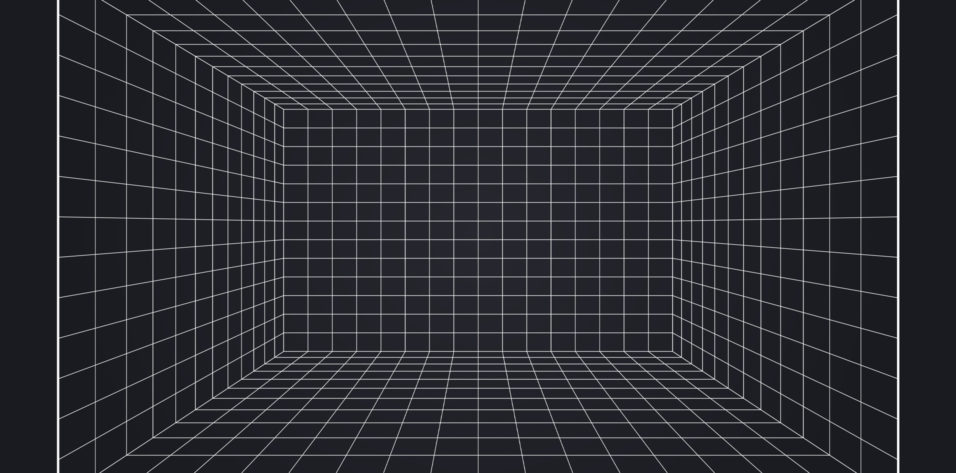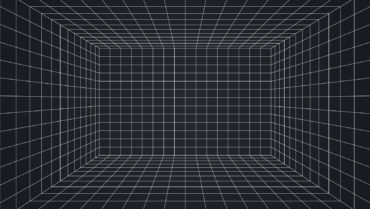Regular eye exams greatly increase the odds of early disease detection, enabling earlier intervention to slow or halt the progression of sight-threatening conditions such as glaucoma and age-related macular degeneration. Early detection is critical for patients and for the health care system, so eye care providers must work to ensure that eye exams are accessible to as many people as possible.
The performance of some diagnostic tests can be challenging for patients, particularly those with disabilities. Physical disabilities, mental disabilities, and combined disabilities are not uncommon. In 2010, about 57 million people (almost 20% of the US population) were reported to have a disability, and 38 million people were reported to be living with a severe disability.1 Older patients are often among those with disabilities. In a survey of the 2016 US population, ambulatory difficulty was reported by more than 25% of individuals aged 75 to 84 years and by almost 50% of individuals aged 85 years and older.2 Even among those aged 65 to 74 years, 15% reported having trouble walking.2 The rate of scoliosis in an older, healthy adult population has been reported to be as high as 68%.3
These challenges can make it difficult for patients to sit in an exam chair and, once in the chair, to hold a specific posture. This may limit and even eliminate the ability to move a patient from one room to another for diagnostic testing. Even when a patient is properly seated in front of a testing device, the quality of the results may be compromised. For example, problems with fixation can affect visual field testing and sometimes enable only a basic (not full) OCT scan to be obtained.
MORE ACCESSIBLE DIAGNOSTICS
At our multidoctor optometric practice, we see 300 to 400 patients with developmental disabilities. To help with mobility, we expanded our main office and made all six of our exam rooms larger to accommodate wheelchairs. We have a range of solutions to provide assistance, including a touch-based system for communicating with patients who have hearing loss when they are behind a device and cannot read lips.
Wearable diagnostic platforms using augmented reality and virtual reality are expanding our ability to offer screening and diagnostic tests to patients who could not be fully evaluated in the past. One such platform used in our practice is the Heru (Heru). The Heru device enables visual field testing to be performed anywhere in the office with the patient seated comfortably (Figure). A friendly virtual onboard guide leads the patient through the test, freeing up staff members to work up the next patient.

Figure. The Heru device enables visual field testing to be performed anywhere in the office with the patient seated comfortably.
The Heru platform has real-time gaze tracking to verify fixation, which is helpful for patients who have difficulty staying focused during testing. We have found that patients are engaged throughout the exam and that the gaze tracking improves data quality. In my experience, testing has been successful in a wide range of patients, from age 11 to age 95. Patients seem to find the experience comfortable, and they enjoy not having to maintain a fixed position with their heads in a large, bulky piece of diagnostic equipment.
We recently used the Heru platform to perform visual field testing in a patient with a developmental disability and glaucoma. Although we have been treating the patient for years, we had never been able to perform visual field testing, OCT, or even fundus imaging because he is unable to sit still with his chin on a chin rest. We explained to the patient how to perform the Heru test, and the virtual guide took him through the exam. He took the test like any other patient, emphasizing to us the potential of this device.
As we integrate the Heru device into our workflow, I see a future in which we give patients a headset and have them take several tests on the platform while the technician enters data or completes another task. The platform performs suprathreshold and full-threshold visual field testing as well as contrast sensitivity testing, color vision screening (Ishihara and Farnsworth D-15 extended color vision test), and dark adaptation. The Heru’s Fast Pattern Suprathreshold Visual Field can be performed in as little as 40 seconds per eye, with the other tests taking just minutes. A patient can take these tests before the doctor enters the exam room, and the doctor can access the results in real time.
CONCLUSION
The cost of augmented reality and virtual reality testing platforms is lower than that of legacy diagnostic devices, which may be especially important for small offices and satellite clinics. Because it may be difficult for individuals with disabilities to travel to a clinic, the closer to home these patients can be treated, the better. Bringing the device to the patient reduces yet another barrier to care.
1. Brault MW. Americans with disabilities: 2010. Washington, DC: US Census Bureau. 2012.
2. Roberts AW, Ogunwole SU, Blakeslee L, Rabe MA. The population 65 years and older in the United States: 2016. American Community Survey Reports. Washington DC: US Census Bureau. 2018.
3. Schwab F, Dubey A, Gamez L, et al. Adult scoliosis: prevalence, SF-36, and nutritional parameters in an elderly volunteer population. Spine. 2005;30(9):1082-1085.



